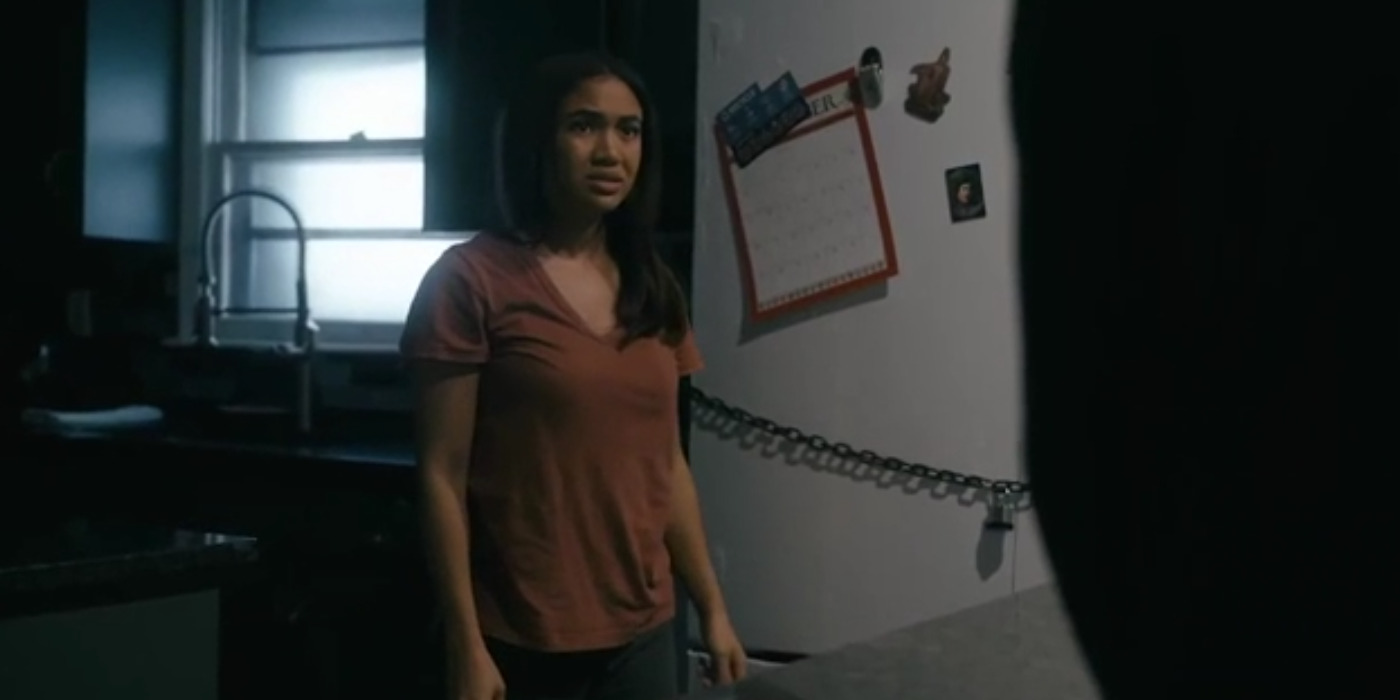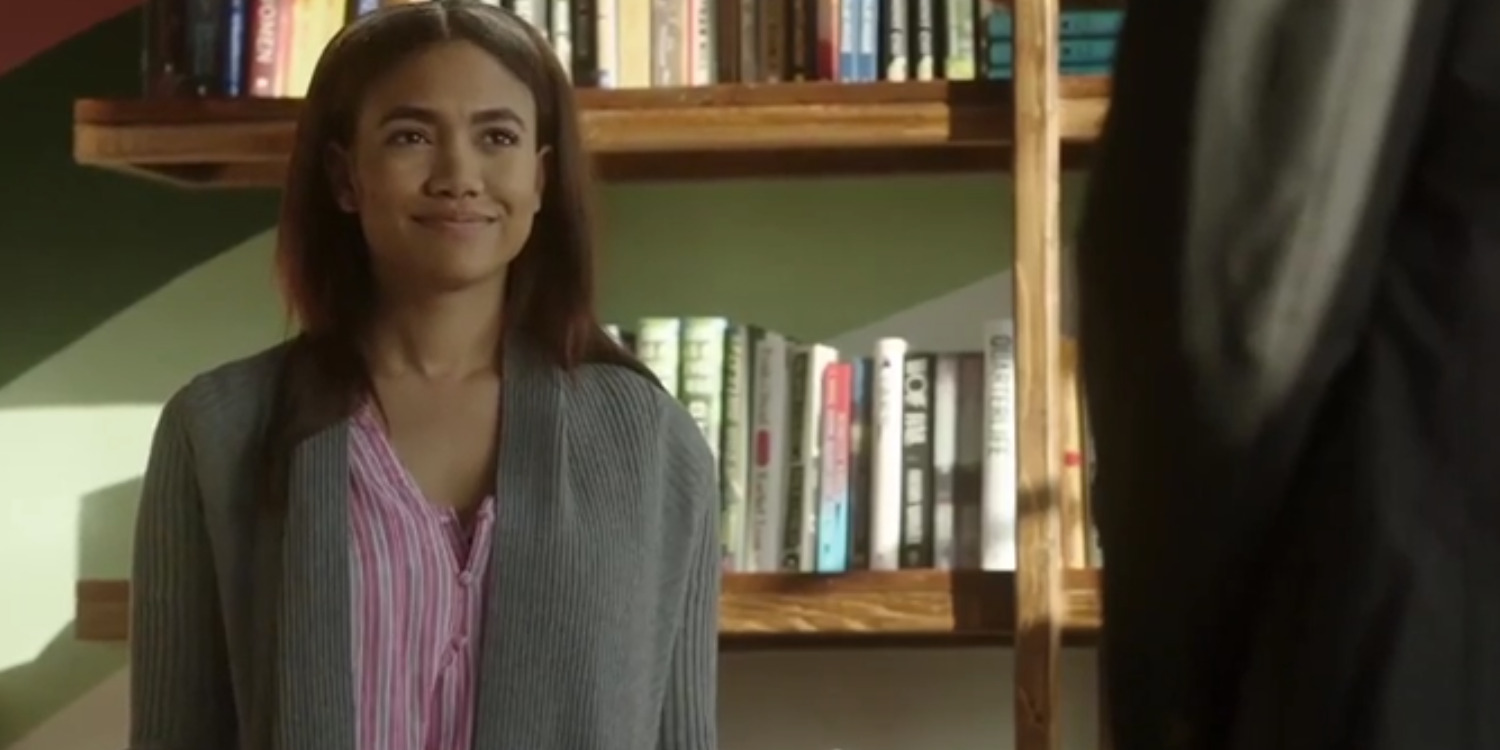Girl in the Garage: A Tense Psychological Thriller Uncovering Hidden Trauma
Girl in the Garage is a gripping psychological thriller that delves into the haunting consequences of trauma, secrecy, and survival. Directed by veteran filmmaker Catherine Wells, the film weaves a suspenseful and emotionally intense narrative around a young woman’s battle to escape a nightmare that threatens to consume her.
The story follows Ellie Collins, a bright but troubled teenager, portrayed with quiet intensity by newcomer Sarah McLain. Ellie lives in a quiet suburban neighborhood with her seemingly perfect family. But beneath the surface of normalcy lies a history of silence and suppressed pain. When Ellie suddenly disappears one evening, her family and the community are thrown into panic. Days later, she is discovered in a neighbor's abandoned garage—alive, but forever changed.

What follows is not a conventional mystery, but a layered exploration of what happened during those missing days and why Ellie ended up in that garage. The film shifts between timelines, slowly revealing the emotional and psychological abuse Ellie endured—some of it from sources far too close to home. The garage, as both a physical space and a metaphor, represents her confinement, fear, and ultimately, her awakening.
Wells avoids the tropes of the kidnapping genre by focusing less on the mechanics of the crime and more on the inner world of the victim. Ellie’s perspective anchors the film. Through fragmented flashbacks and therapy sessions, we begin to understand the darkness that led her to isolate herself in that place. Rather than sensationalizing trauma, the film sensitively portrays mental health issues, particularly depression and PTSD, with nuance and empathy.

Supporting performances add strength to the narrative. James Monroe delivers a chilling performance as the seemingly kind neighbor whose actions hide disturbing intentions. Meanwhile, Ellie’s mother, played by seasoned actress Rebecca Thorne, undergoes her own arc as she comes to terms with the role she unwittingly played in her daughter’s suffering. Their strained dynamic adds emotional depth, highlighting how trauma often echoes through family systems.
The film’s visual style is minimalist yet effective. The garage itself is shot in cold, muted tones—its cracked concrete and flickering light bulbs reinforcing the bleakness of Ellie’s emotional state. The use of silence is also notable. Instead of relying on a traditional score, much of the film is driven by ambient sounds—distant sirens, dripping water, and Ellie’s own breathing—creating a sense of unease that lingers long after the credits roll.

Girl in the Garage is not an easy watch, but it’s an important one. It handles delicate subject matter with grace and intention, offering a story of resilience and the difficult road to healing. Rather than focusing solely on victimization, it gives Ellie agency and voice, showing her transformation from someone trapped—both literally and emotionally—into someone ready to face the world again.
In conclusion, Girl in the Garage is a haunting, powerful film that sheds light on the silent battles many endure. With strong performances, thoughtful direction, and an unflinching look at mental health and abuse, it’s a must-see for fans of emotionally grounded thrillers that leave a lasting impact.

